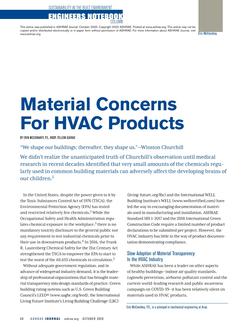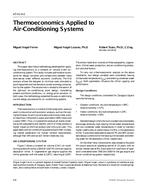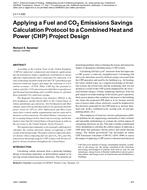Increased use of Canadian distillate oils processed from synthetic crudes has caused concern for deteriorated combustion performance of oil burners, due to high levels of aromatic compounds and increased viscosity. An experimental program has been developed at the Canadian Combustion Research Laboratory to provide refiners with combustion information and limitations on the use of such fuels in residential combustion systems. Combustion characteristics including burner ignition behaviour, emissions of incomplete combustion products, furnace temperatures, efficiency and excess air levels are obtained from controlled laboratory experiments that carefully simulate the real-life residential environment. The specific test protocol includes a one-hour steady state operation with a cold start, and five subsequent 10-minute on/off cycles.
Fuels are analyzed for their chemical compositions and aromatic contents, as well as viscosity, density, carbon residue, distillation range, flash point, pour point, aniline point, refractive index and average molecular weight. Transient emissions from the cold start as well as cyclic operations are interpreted in terms of various physical and chemical properties. Fuel aromaticity and viscosity show the strongest correlations with particulate as well as gaseous emissions. However, the combustion characteristics are affected by interacting complex physical-chemical properties, rather than by any one specific parameter. This paper describes the observed correlations between fuel properties and performance characteristics of a domestic oil burner resulting from laboratory evaluations of 22 fuels derived from diversified feedstocks.
Units: Dual
Citation: Symposium, ASHRAE Transactions, 1986, vol. 92, pt. 2B, Portland, OR
Product Details
- Published:
- 1986
- Number of Pages:
- 16
- File Size:
- 1 file , 1.2 MB
- Product Code(s):
- D-PO-86-06-1


